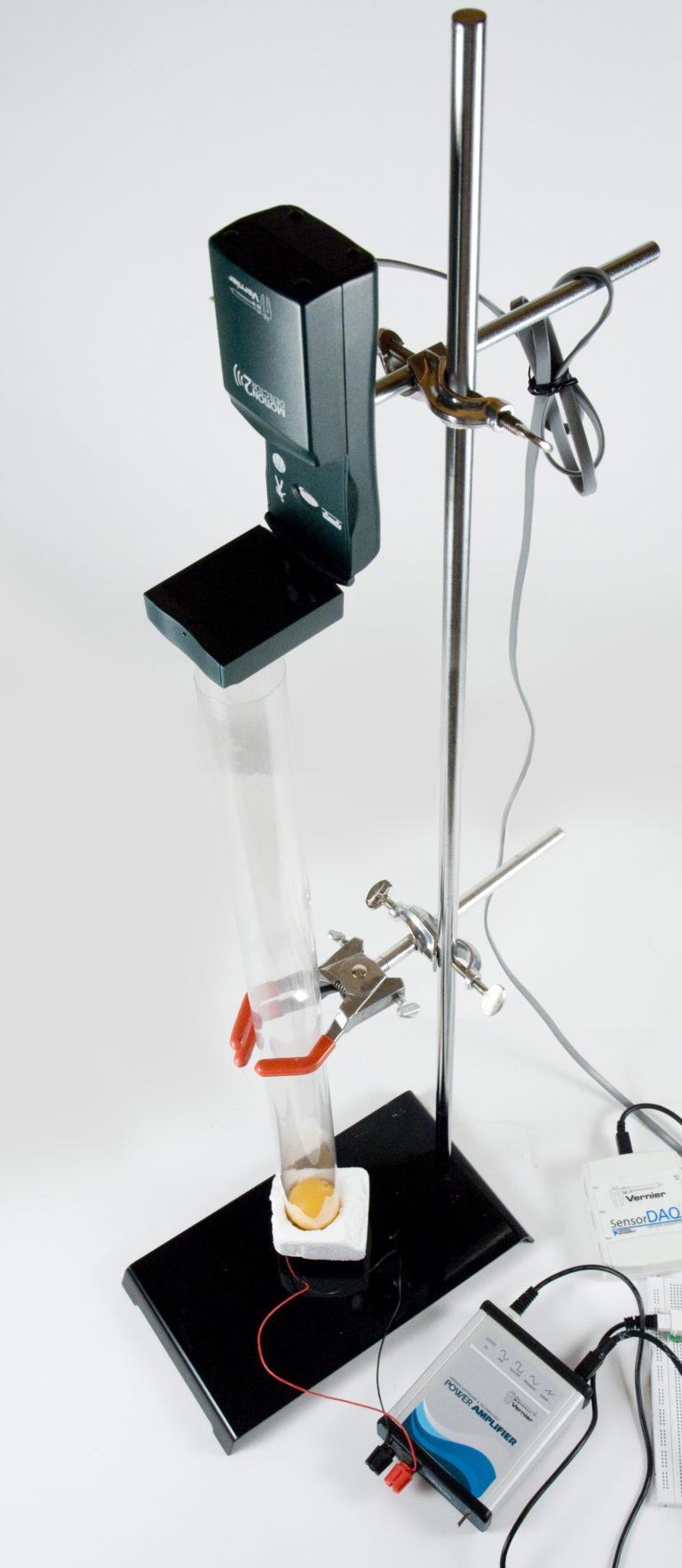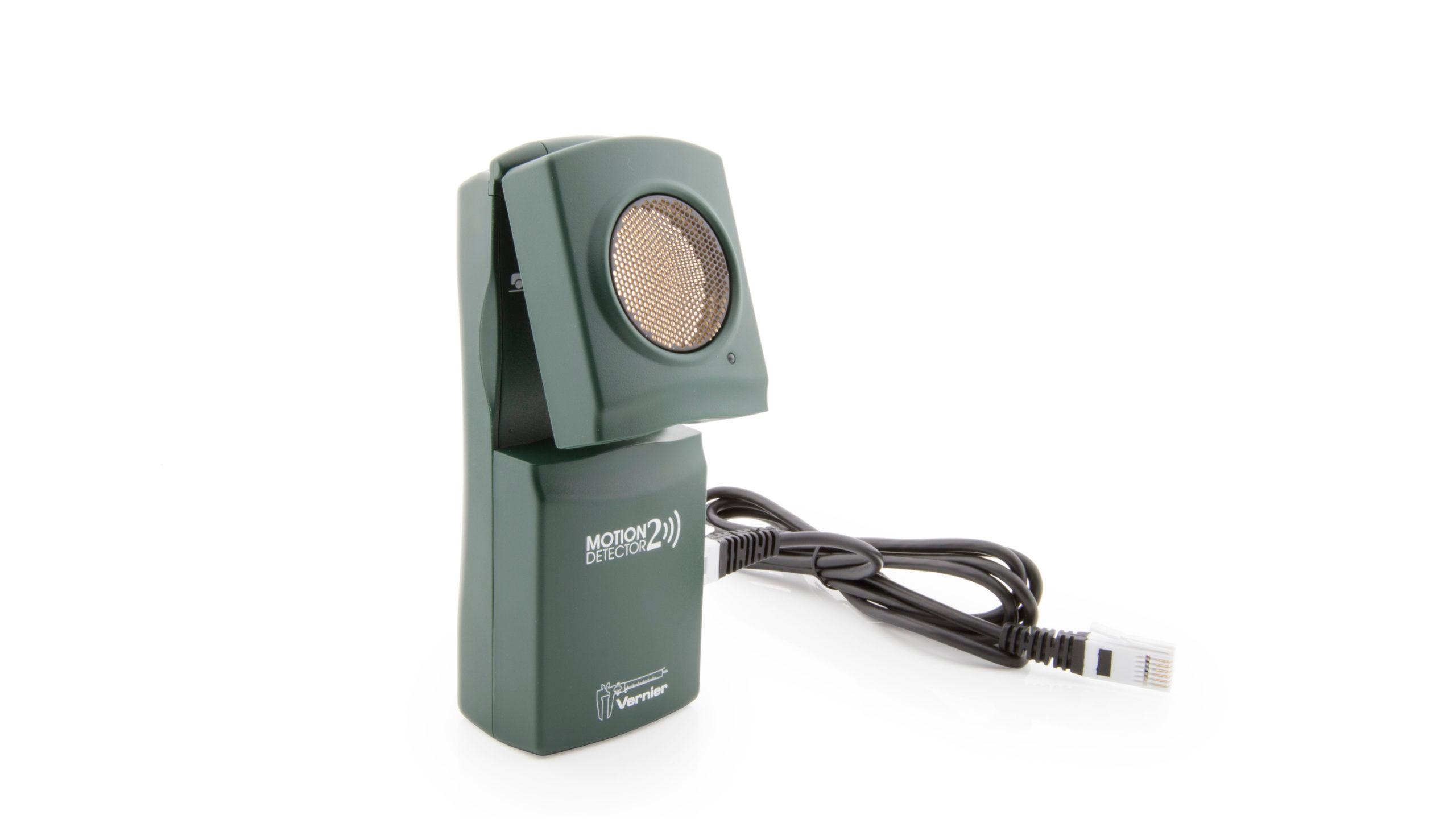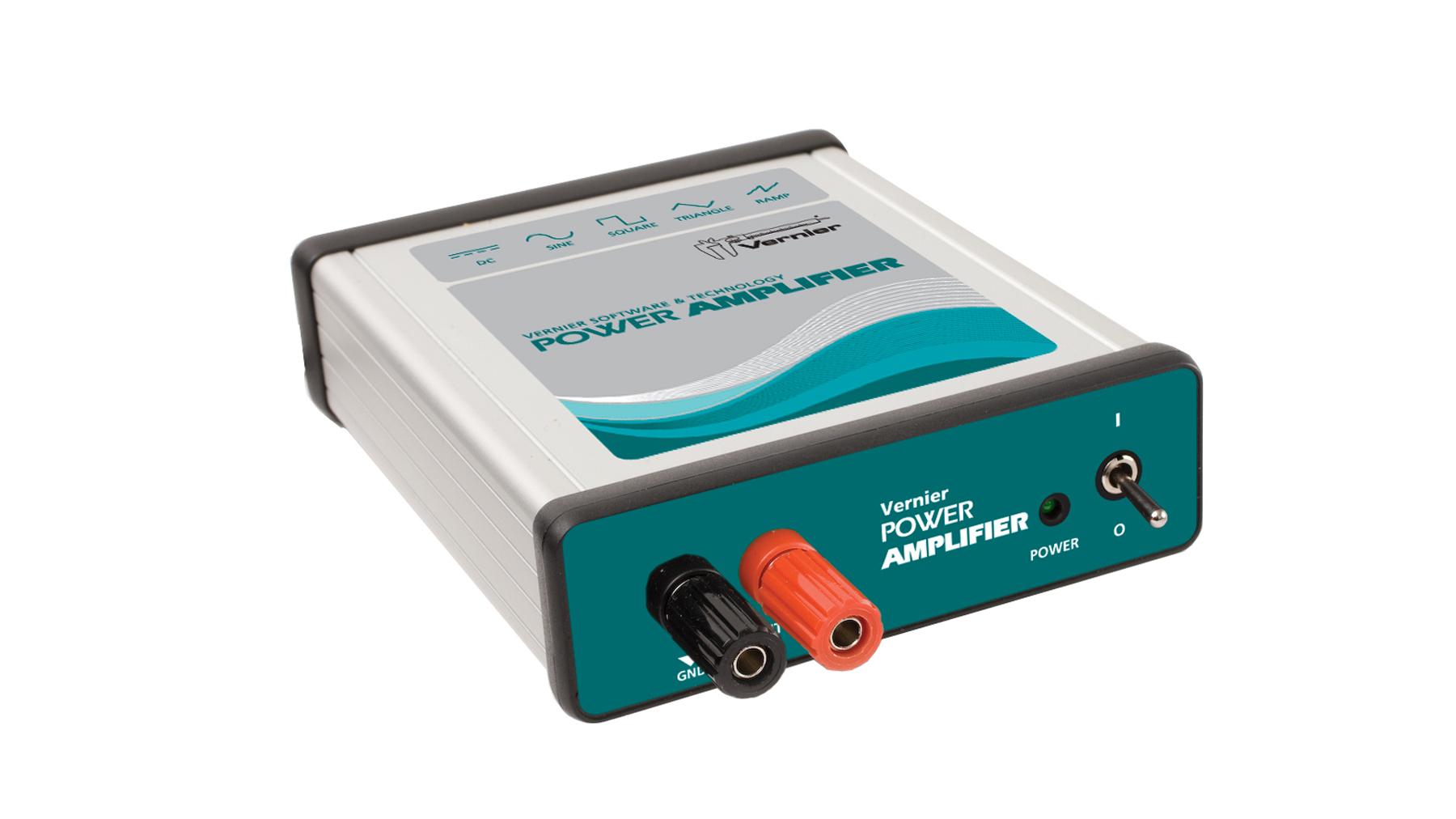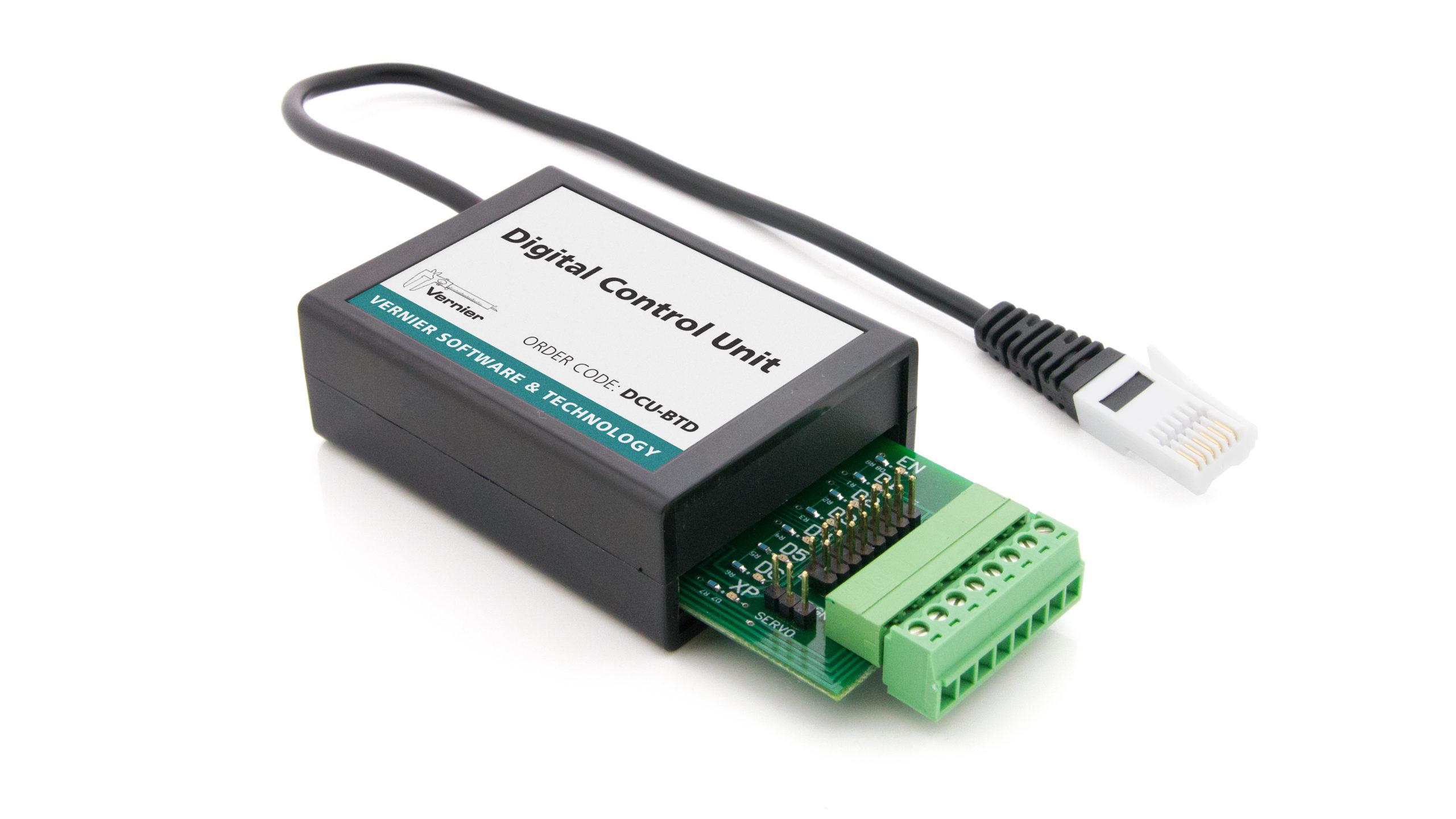PID Ping Pong Ball Levitation
Experiment #12 from Engineering Projects with NI LabVIEW and Vernier
- Subject
- Engineering

Introduction
Levitation is a process in which an object is suspended against gravity by a physical force. Many methods can be used as the levitating medium, including magnetic repulsion, viscous liquids, sound waves, and air currents. In this Project, we will use an air stream provided by a fan to provide the levitating force on a ping-pong ball. Controlling the ping-pong ball is not easy, so it requires a good control system, which you can build using LabVIEW.
Objectives
In this Project, you will build a device to levitate a ping-pong ball in a long vertical tube using the force of air. You will use a small DC fan powered by a Vernier Power Amplifier to provide the lift force for the ping-pong ball. The fan should be secured to the bottom of the tube in such a way that there is an air-tight seal between the sides of the fan and the tube, but that the top and bottom of the fan are open to provide air intake and exhaust. Your LabVIEW program should allow the user to control the speed of the fan (the lift force on the ball) from the front panel via a voltage control to the fan motor. When program execution ends, the fan should automatically turn off.
Sensors and Equipment
This experiment features the following sensors and equipment. Additional equipment may be required.
Ready to Experiment?
Ask an Expert
Get answers to your questions about how to teach this experiment with our support team.
- Call toll-free: 888-837-6437
- Chat with Us
- Email support@vernier.com
Purchase the Lab Book
This experiment is #12 of Engineering Projects with NI LabVIEW and Vernier. The experiment in the book includes student instructions as well as instructor information for set up, helpful hints, and sample graphs and data.




